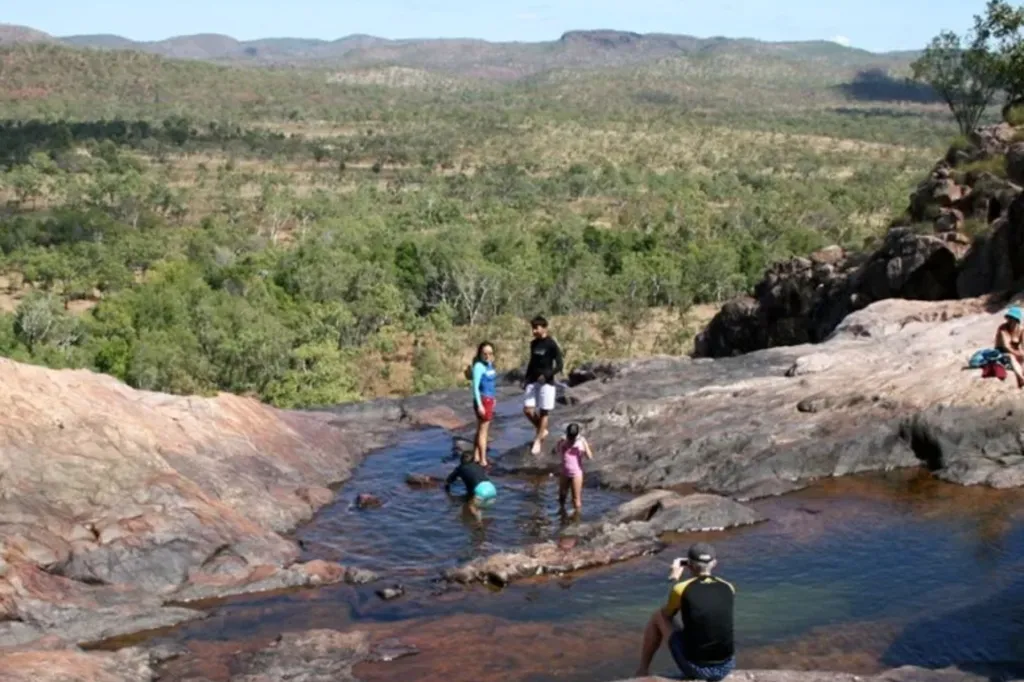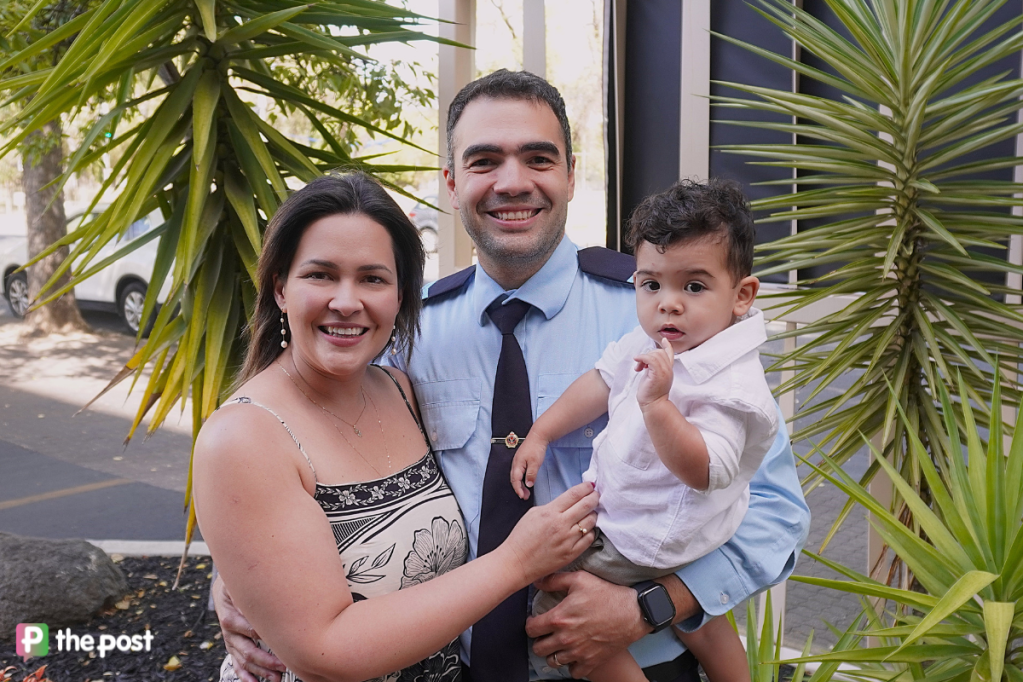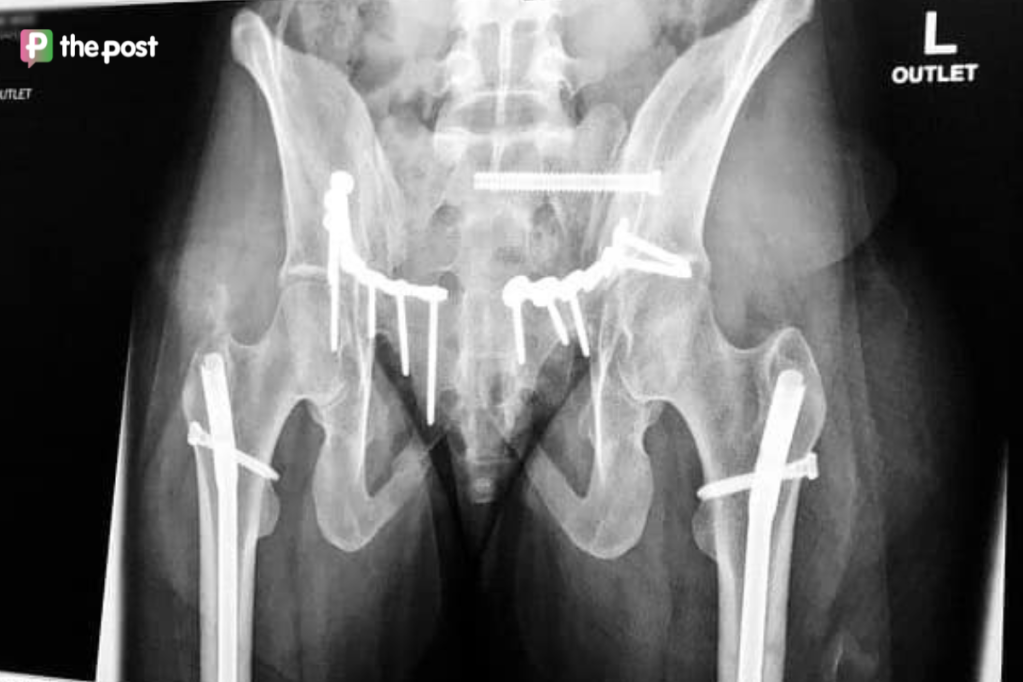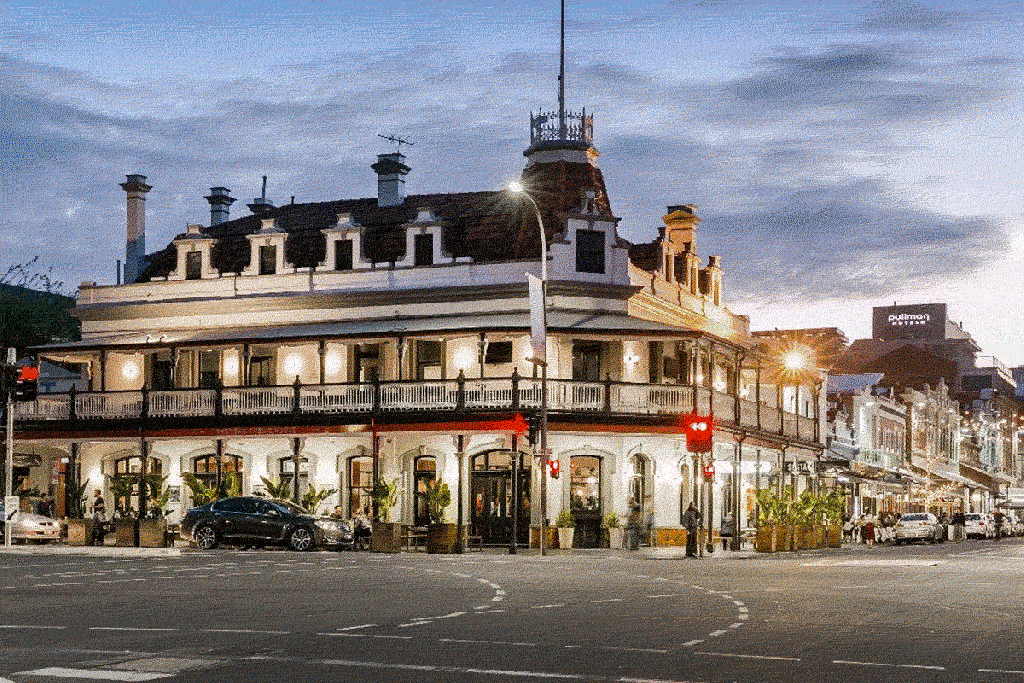Five planning and development issues that will define Adelaide in 2025
Controversial development proposals, trunk infrastructure troubles and a host of other issues are set to come to a head in what looms as a huge year for Adelaide’s future.
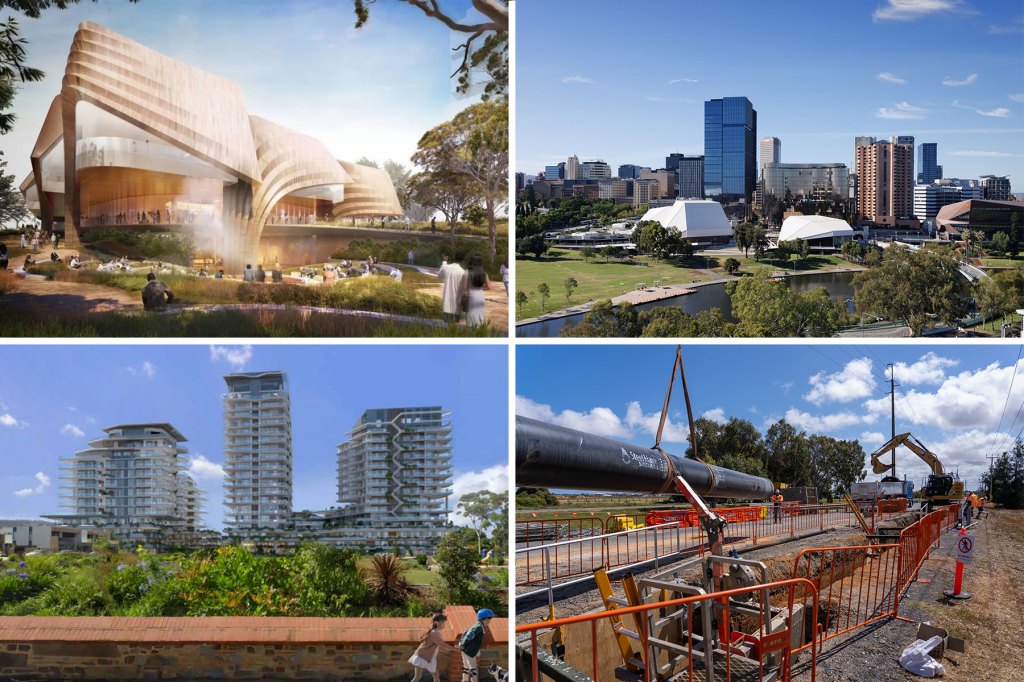
Adelaide had its fair share of planning and development controversies in 2024.
It started with an overseas developer’s proposal to gut the Crown and Anchor Hotel for a student accommodation tower, prompting a huge community backlash that eventually sparked government intervention to protect the state heritage listed pub.
Meanwhile, long-awaited plans for a second tower in the Festival Plaza precinct were revealed – inevitably dividing opinion – while Adelaide’s new tallest building – a 37-storey hotel behind the Freemasons Grand Lodge – was approved for construction on North Terrace.
As the CBD’s future evolved, development in the outer suburbs changed as well.
The state government released a draft 30-year plan for Greater Adelaide, earmarking 36 per cent of all new housing growth in the northern suburbs, equating to 113,000 new homes over 30 years.
The government also gradually discovered that water infrastructure was not being delivered fast enough to match this growth, prompting it to hike water bills by roughly $85 a year.
A host of new (and old) development issues will shape Adelaide in 2025. Here are five of the most significant.
Will water infrastructure delivery improve?
“This is the single most important issue of 2025,” said Liam Golding, chief executive of the Urban Development Institute of Australia (UDIA) SA division.
In June 2024, the state government unveiled a $1.5 billion package to boost SA Water’s investment in water infrastructure delivery.
Just $172 million was spent on water infrastructure from 2020 to 2024, according to the state government, with Premier Peter Malinauskas last year characterising the situation as a “public policy disaster” that put major development projects in the outer suburbs at risk.
The new funding is being sourced from higher water bills, developer fees and increased government expenditure. Whether it speeds up the delivery of new homes is being closely watched by the property and development sector in 2025.
“With a significant boost in funding to the tune of $1.5B there can be no excuse for SA Water to not deliver the enabling infrastructure required to accelerate the delivery of housing in both infill and greenfield developments,” Property Council SA executive director Bruce Djite said.

Water pipe delivery in Adelaide’s northern suburb of Virginia. Photo: SA Govt/supplied
You might like
According to government statistics, SA Water has confirmed the availability of water and sewer services to more than 2900 new allotments in South Australia through 82 Development Agreement Formal Instruments (DAFIs) since the Housing Roadmap was released.
“This Government is full steam ahead delivering crucial water and sewer infrastructure to get more homes built faster,” Housing and Planning Minister Nick Champion said.
“Within the first 100 days following the Housing Roadmap, SA Water and its civil contractors were putting pipes in the ground.
“For the first time in a decade, we are installing 1200mm diameter pipes, which will build capacity in the system and enable future growth.”
But the Opposition is already sceptical, with shadow planning spokesperson Michelle Lensink suggesting the new funding is not being spread appropriately.
“We are very concerned about reports that the $1.5 billion infrastructure funding is only for large developments in the northern suburbs, and that other shovel-ready developments will have to wait for four years,” she said, adding that the most “shovel ready” projects should be front of the queue.
Will Glenside reach 20 storeys?

A render of Cedar Woods’ 20-storey tower proposal for Glenside, just outside the Adelaide CBD. Image: supplied
Should we be permitting 20-storey apartment towers in leafy, inner-eastern Glenside?
It’s a divisive question. Planning academics love the concept, arguing that higher densities are needed close to the city, park lands and public transport; but many residents of Glenside are less keen, mounting a fierce campaign against the idea with the backing of local Liberal MP Jack Batty.
West Australian developer Cedar Woods proposed last year to upzone the former Glenside Hospital site on Greenhill Road from eight storeys to 20 via a planning code amendment.
Twenty-storeys would mark a new high for development outside the Adelaide CBD. It may even set a precedent for higher development throughout the suburbs.
“If the government is serious about legitimately addressing the housing crisis then the Glenside Code Amendment must be approved,” Djite said.

A render of Cedar Woods’ 20-storey tower proposal for Glenside, just outside the Adelaide CBD. Image: supplied
“This code amendment will set the precedent for future strategic infill sites, including the (Thebarton) Brewery site, Magill University campus site and Keswick barracks.”
The Planning Minister will make the final decision. Whichever way he rules, he faces substantial blowback.
Will Lockleys reach four storeys?
A similarly controversial rezoning fight is taking place in the western suburbs.
Since 2021, property developer The Maras Group has been vying to rezone the Westpac Mortgage Centre in Lockleys for a housing project.

An aerial view of the 4.87-hectare parcel of land in Lockleys slated for rezoning. Image Future Urban
The 4.87-hectare site is adjacent the River Torrens Linear Park and holds a Westpac office, childcare centre and car park. It is currently zoned for employment use.
Stay informed, daily
Champion rejected a bid to rezone the land for six-storey housing in 2023, noting “significant concerns of the community” regarding amenity in the low-rise suburb.
The developers have since come back with a proposal for four-storey housing. Consultation on the proposal ended more than a year ago, meaning a decision could be made any week now.
Councillors and locals remain firmly opposed to anything above two-storeys in the area. Developers, naturally, have a different view.
“The Glenside and Lockleys Code Amendments… can support well planned density,” Golding from the UDIA said.
“If these locations end up taking on lower densities, it’s a signal that sites like Keswick and the Brewery will also be looking at lower densities and that supply will remain constrained into the medium and long terms.”
Will a decision be made on Tarrkarri?
How long can you kick the can down the road?
The Malinauskas Government in 2024 punted its decision on whether to go ahead with the Tarrkarri Aboriginal cultural centre on North Terrace into the new year. It did the same in 2023.

Advertising for the stalled Aboriginal cultural centre on North Terrace. Photo: Tony Lewis/InDaily
The government first put Tarrkarri on ice in 2022 over concerns of a cost blowout, with an expert panel subsequently recommending a spend of $400 to $600 million to make it an internationally significant centre.
Negotiations for philanthropic funding and more federal government money appear to have taken much longer than the state government anticipated.
“The Premier and other ministers have continued to make representations to the Commonwealth about this project,” Treasurer Stephen Mullighan said in December.
“But until we get a positive response from them with a definitive offer of money on the table we’re not going to announce that we’re proceeding with a project because it just requires a level of expenditure that we don’t think we can justify going it alone on.
“We’re still interested in the project. The site’s still there…but we’re just waiting on a definitive answer about funding from the Commonwealth.”
The project’s future could become clearer with a federal election due in the first half of the year and the Malinauskas Government facing a state election relatively soon after.
In the meantime, the city-defining North Terrace site remains empty.
Will Adelaide’s median house price exceed $1 million?

Housing overlooking the city in Magill. Photo: Tony Lewis/InDaily
Adelaide’s median house price rose to $814,430 by the end of 2024, according to property analytics firm Corelogic.
That’s up 13.1 per cent from the start of 2024 – the second-highest capital city growth rate across Australia – although price rises slowed towards the end of the year.
Although unlikely, a rise of more than 20 per cent this year would put Adelaide over the $1 million mark.
“Will Adelaide’s median house price exceed $1m? This is linked to supply and is pretty directly connected to the SA Water rollout,” Golding said.
“As the current price rises have been driven by supply constraints with the demand side pressures to come in the future when AUKUS shipbuilding and other Government priorities ramp up, the pressure on affordability will be extreme.”
Real Estate Institute of South Australia chief executive Andrea Heading said she does not anticipate Adelaide’s passing the $1 million mark in 2025, although it’s a possibility in 2026 and 2027.
“Because the supply’s been so soft, there’s been a big demand for what comes on the market and it’s a competitive market for those that have been out there bidding,” she said.
“Once supply starts to match demand then you’ll see that it becomes a little bit more balanced as well.”

